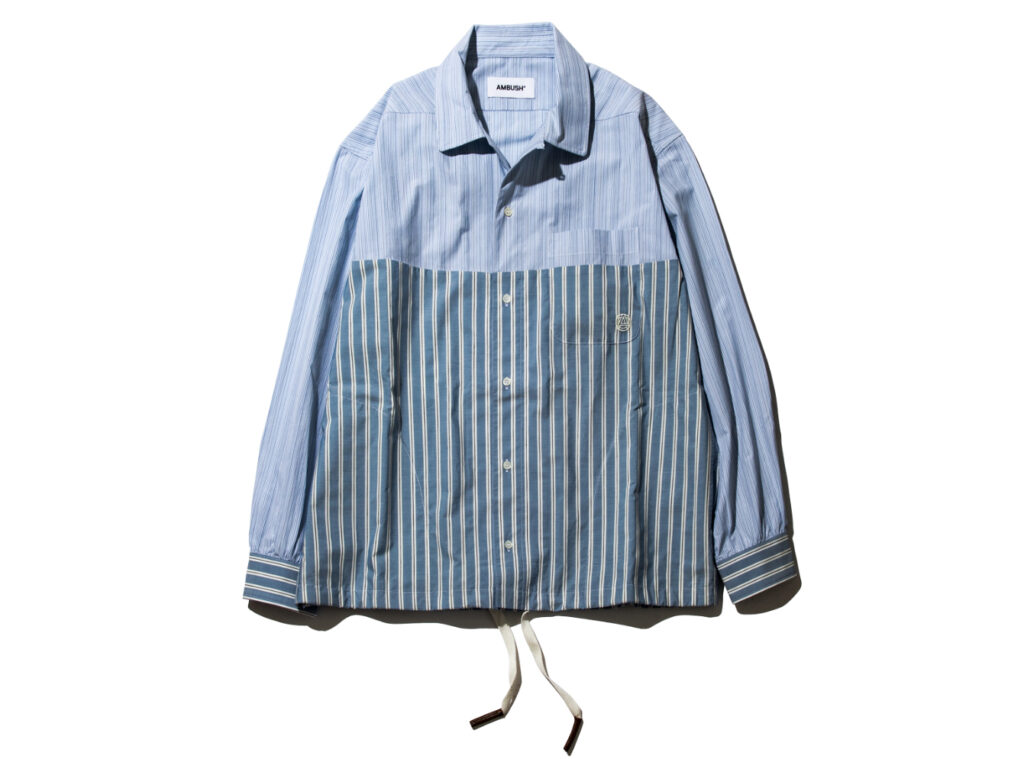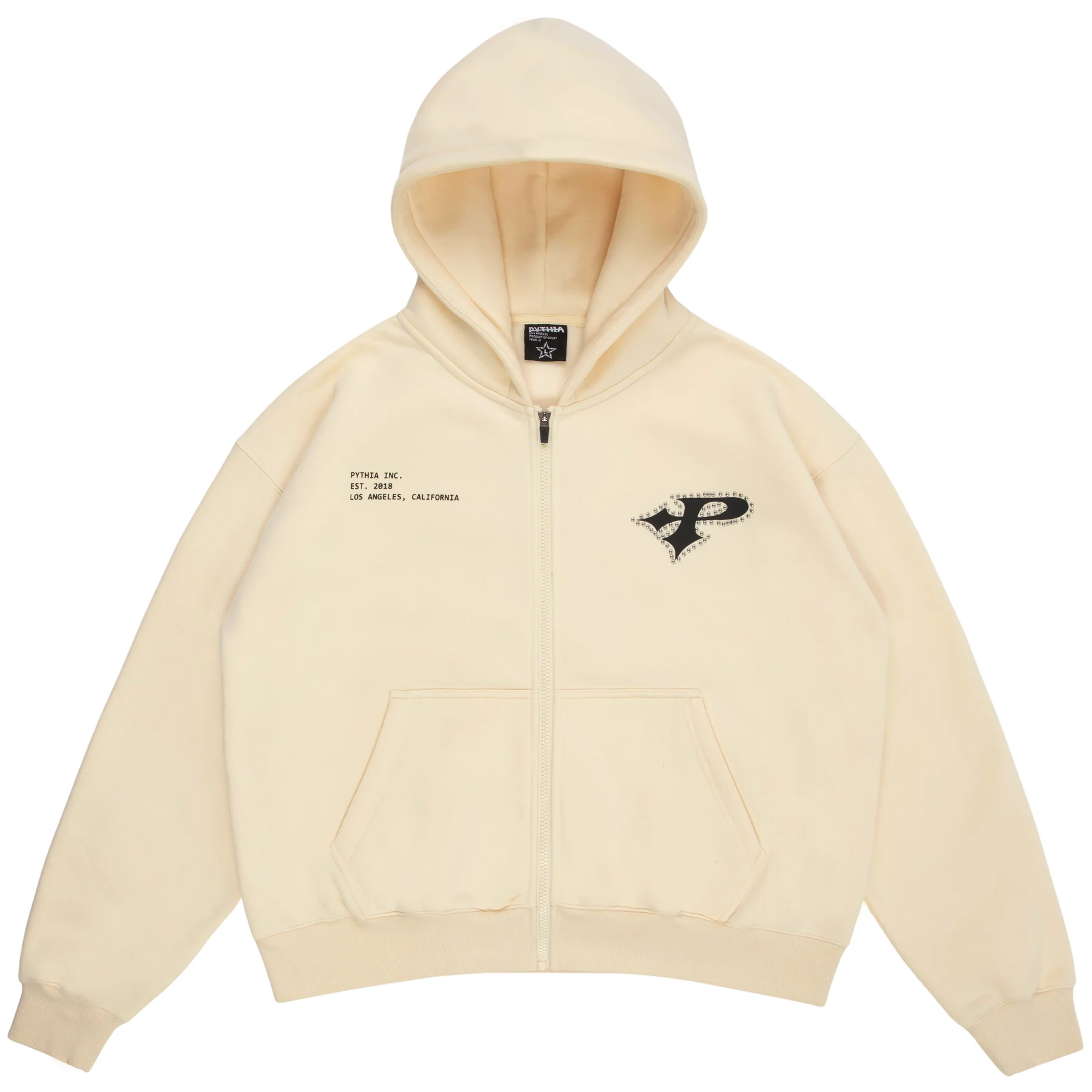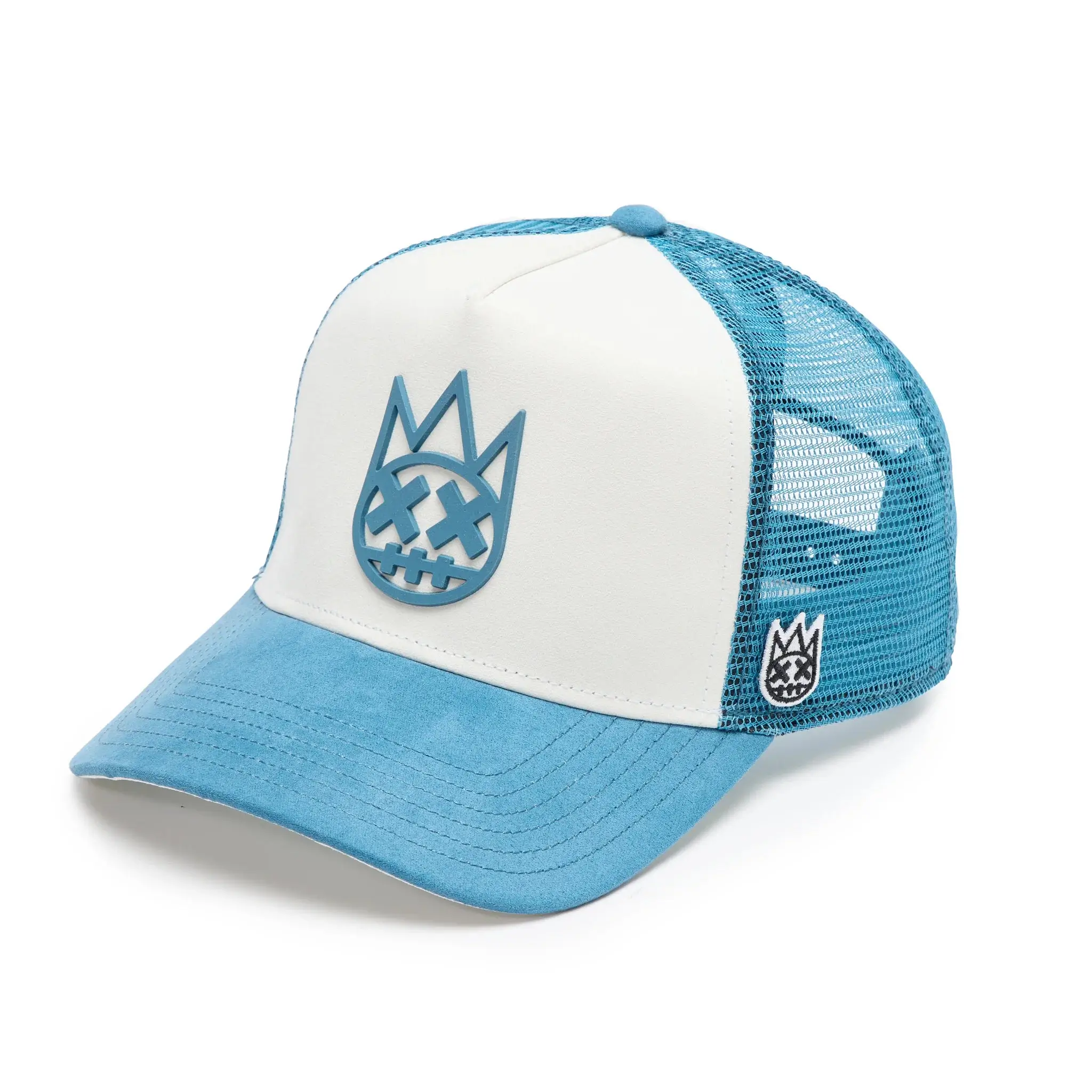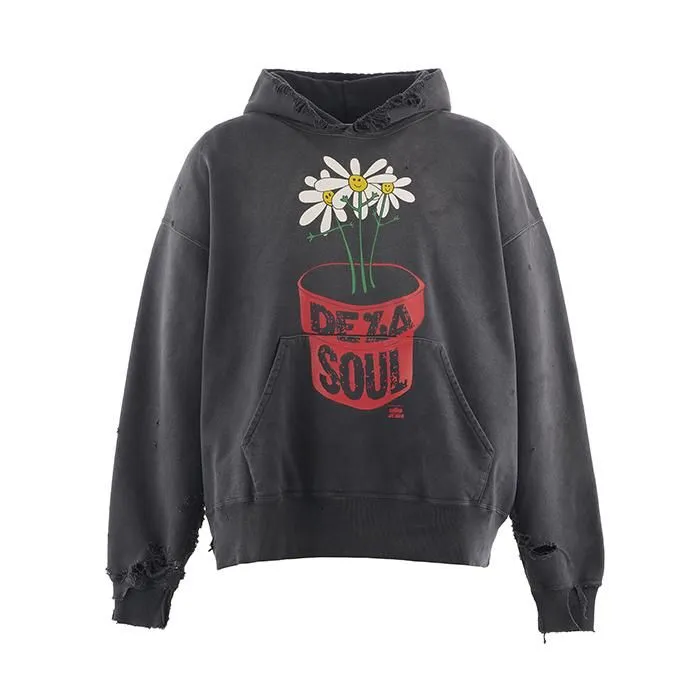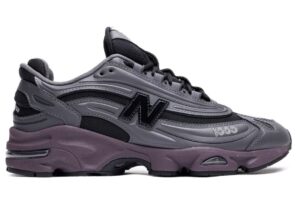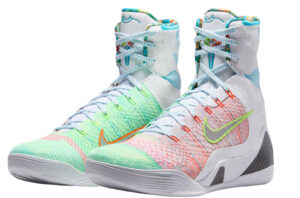In the shifting terrain of contemporary menswear, the shirt remains one of the most enduring archetypes. A symbol of formality, structure, and predictability, it often functions as a cultural shorthand for respectability and uniformity. But in the hands of AMBUSH®, this stalwart item undergoes a transformation. With a deep commitment to playful disruption and experimental layering, AMBUSH® shirts—particularly their striped renditions—become canvases of duality: precise yet fluid, casual yet sculptural, formal yet unmistakably rebellious.
The striped shirt, long seen as a workwear staple or a preppy staple of Ivy League wardrobes, is reimagined by AMBUSH® not as a static object but as a site for dialogue—between pattern and silhouette, East and West, past and future. The result is a design language that neither obeys the rules of traditional shirting nor seeks to fully break them. Instead, AMBUSH® shirts thrive in contradiction, turning every fold of fabric into a question about utility, identity, and performance.
Aesthetic Philosophy: Structured Chaos
The shirt may be one of fashion’s oldest forms, but for AMBUSH®, it becomes something refreshingly unstable. A key hallmark of the brand’s shirting philosophy is its sophisticated use of asobi gokoro—a Japanese concept loosely translatable as “playful spirit.” Rather than treating play as trivial, AMBUSH® integrates it as a form of structural innovation. This is not whimsy for whimsy’s sake, but deliberate deviation as a form of resistance.
Take, for example, their multi-striped shirt—a piece that juxtaposes varying stripe widths, orientations, and colors across its panels. Instead of coherence, it embraces aesthetic interruption. One section of the chest may feature narrow banker stripes; another may flash broad coastal bands. The placement feels intuitive and chaotic at once, but the tailoring anchors the design, ensuring the piece still functions as a shirt, albeit one with visual multiplicity.
These juxtapositions are not limited to print. Structural disruptions like hem drawcords, zippered seams, and oversize patch pockets add a layer of modularity. The drawcords, in particular, are revelatory: a single gesture that transforms the silhouette from traditional to street-adjacent, from clean to gathered, from disciplined to improvisational. It’s a small detail with major implications—an object lesson in how AMBUSH® infuses casualwear with architectural fluency.
Jewelry as Ideology: Transposing Ornament into Utility
Though AMBUSH® began as a jewelry line, its approach to clothing reflects the logic of ornamentation as a tool of transformation. With shirts, this translates into unexpected accents: oversized buttons that resemble metallic fasteners, utility tabs reminiscent of necklace clasps, or stitchwork that mimics chain patterns. These embellishments are never merely decorative. They tell a story of interchangeability—of a garment that exists as part of a continuum, not a silo.
It’s worth noting that Yoon Ahn, the creative director and founder, brings to every design a rigorous interdisciplinary sensibility. Her jewelry is known for being both playful and symbolic. That same ethos extends to her shirts. By embedding elements of the jewelry line into the structure of the garments, she blurs the distinction between accessory and attire. A shirt no longer supports the jewelry—it becomes jewelry.
Shirts as Sculptural Forms
One of the most compelling aspects of AMBUSH® shirts is their spatial sensibility. These garments often operate in three dimensions. The shirts are not flat, obedient surfaces but layered architectures designed to move, crumple, stretch, or billow depending on the environment and the body within.
Some shirts feature asymmetrical cuffs, others incorporate hidden snap buttons or flared back panels that create a sense of rear volume. Certain models use split hems and elongated sleeves to change the visual rhythm of the wearer’s posture. These interventions may seem minor, but they have dramatic effects: a subtle exaggeration of the shoulder line or a redefinition of the torso’s verticality.
This attention to sculptural dynamics reflects AMBUSH®’s hybrid aesthetic—one that draws equally from Tokyo streetwear, industrial design, and Western tailoring traditions. The result is a shirt that reads differently depending on the context: gallery-ready, runway-appropriate, but also deeply personal.
Fabrication: Texture, Temperature, Transformation
AMBUSH® shirting doesn’t merely remix stripes and cut; it reconsiders the material substrate entirely. The label consistently experiments with innovative blends: thermochromic textiles that shift color with body heat; coated cottons that appear metallic under flash; semi-sheer synthetics that play with opacity under certain light conditions. This material play is essential to the brand’s vision: a shirt should not be passive. It should react.
In several recent iterations, AMBUSH® has incorporated repurposed textiles into their shirting. This includes salvaged denim, surplus military fabric, and reengineered workwear poplin. Sustainability here is not a slogan—it’s woven into the garments’ DNA. A shirt composed of recycled material gains narrative depth. It contains histories. It carries meaning.
The Fluid Body: Genderlessness and Modular Identity
Another defining element of AMBUSH® shirts is their resistance to gender coding. While much of fashion still traffics in rigid male/female dichotomies, AMBUSH® designs its shirts with fluidity in mind. The fit is neither traditionally masculine nor stereotypically feminine—it is modular, oversized when needed, cropped when necessary, always in service of expression rather than prescription.
This universality has made AMBUSH® a staple in wardrobes of artists, musicians, designers, and creative outsiders. Whether layered under a leather harness, paired with flowing trousers, or worn loose over a hoodie, the shirts invite reinterpretation. They offer no singular narrative. Instead, they offer infinite remixability.
In this sense, AMBUSH® shirting exists closer to language than to fashion—it becomes a dialect of clothing in which each wearer constructs their own grammar. The shirt is not a statement. It is a sentence fragment: meant to be completed by context, personality, movement.
Cultural Position: AMBUSH® in the Fashion Ecosystem
As AMBUSH® continues to solidify its place within luxury fashion—most notably via Yoon Ahn’s collaborations with Dior Men—the label’s shirting remains one of its most distinct signatures. These shirts stand apart not because they scream, but because they speak in nuanced dialects. They neither reject fashion’s past nor blindly celebrate its future. They exist in tension, in play, in thought.
In Japan, the concept of iki—a cultivated coolness defined by subtlety and spontaneity—has long informed aesthetic practices. AMBUSH® shirts embody a new kind of iki: not rooted in minimalism, but in coded complexity. They are soft rebellions rendered in cotton and viscose.
AMBUSH®’s shirts remind us that garments can be paradoxical—serious but playful, rigid but fluid, traditional but avant-garde. They teach us that clothing need not declare allegiance to one style, one function, or one identity. Instead, it can float between them, drawing power from contradiction.
No comments yet.

